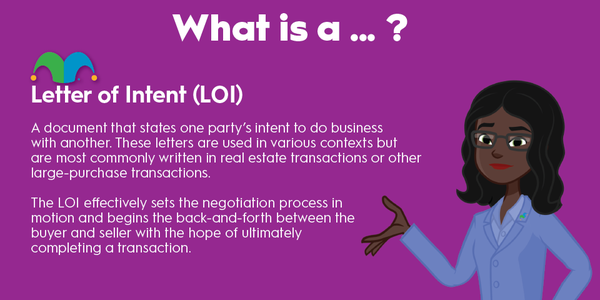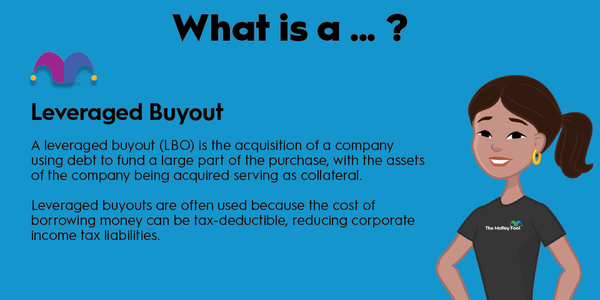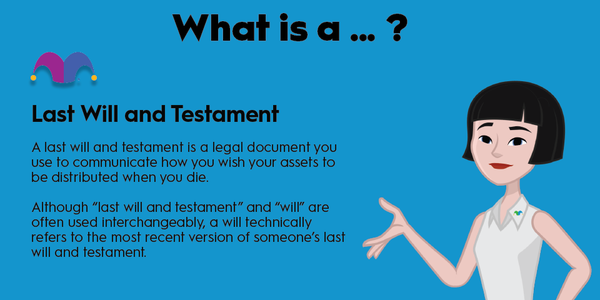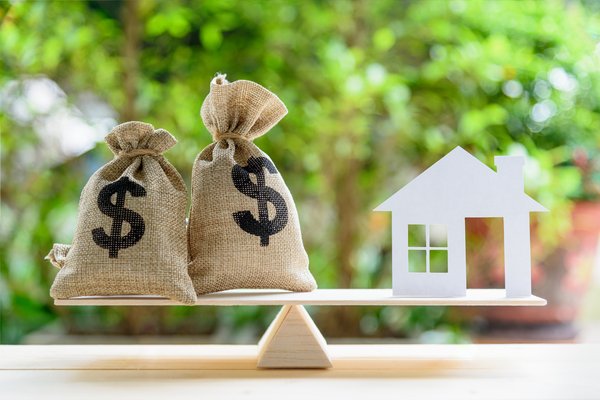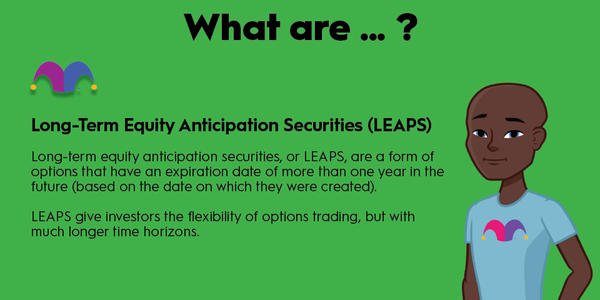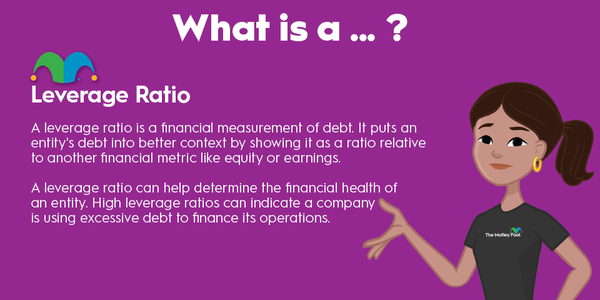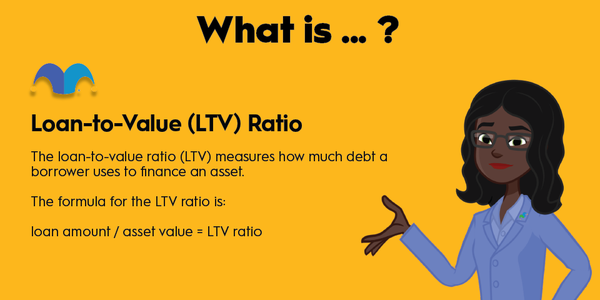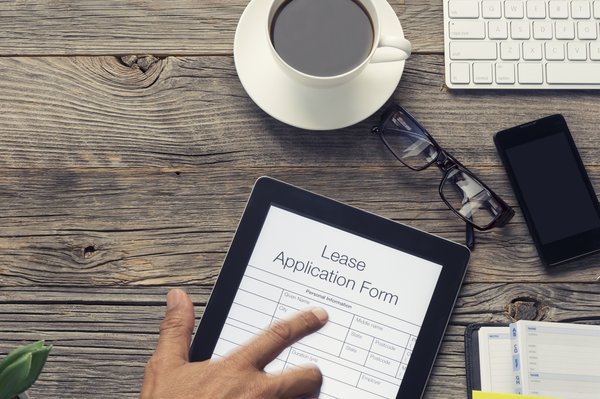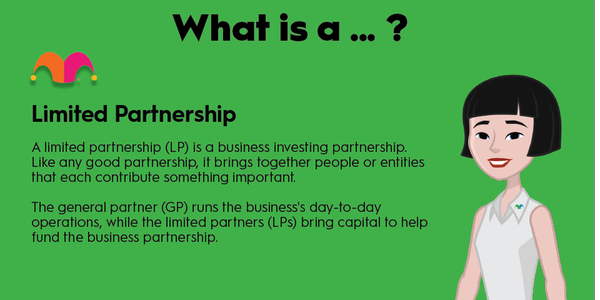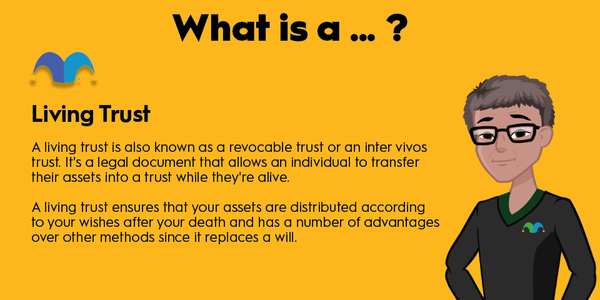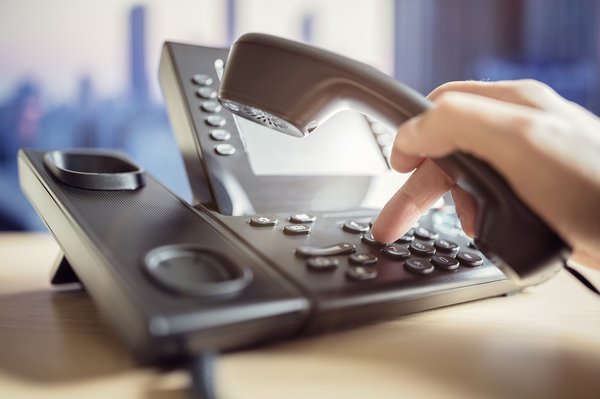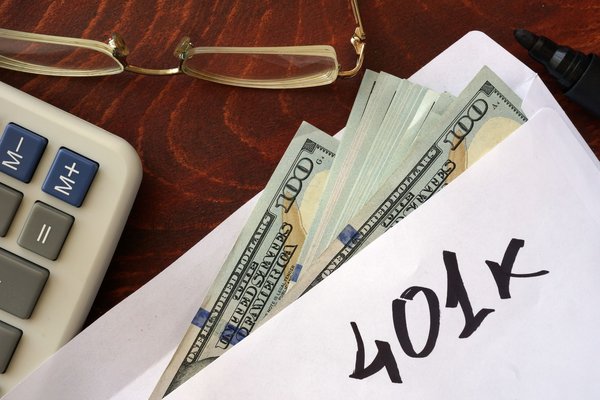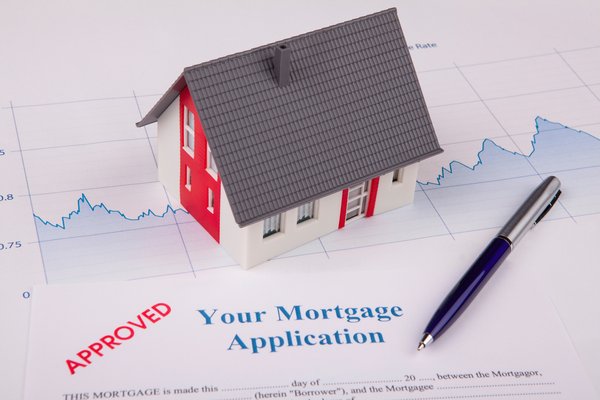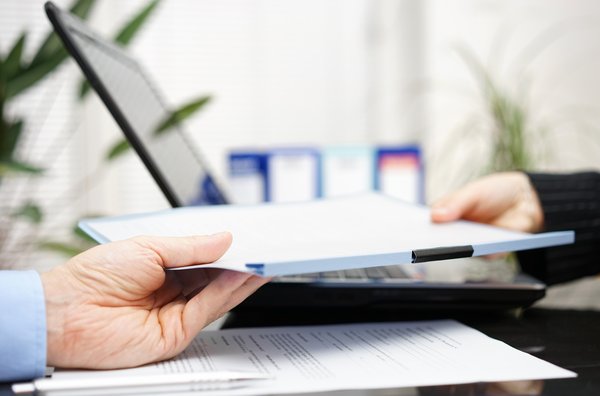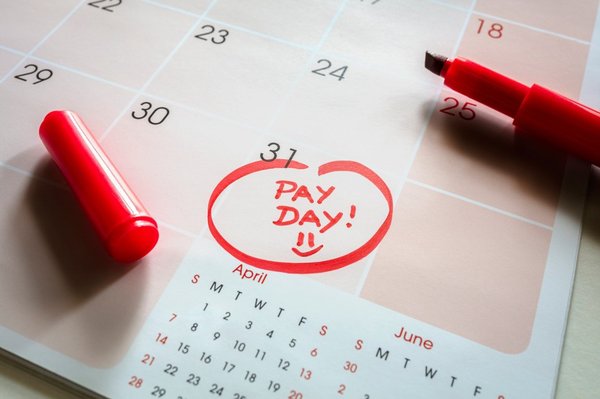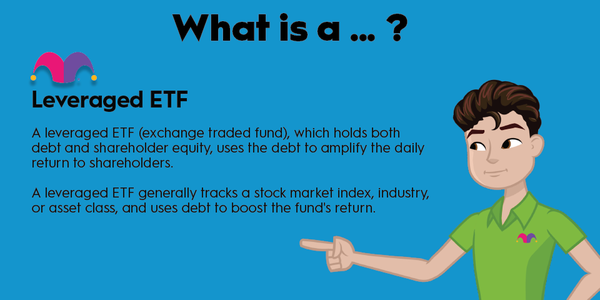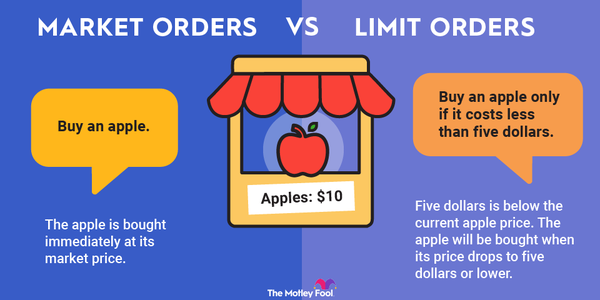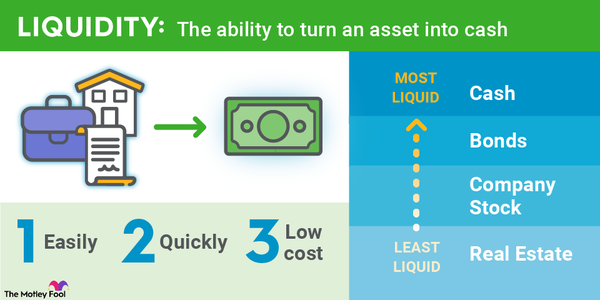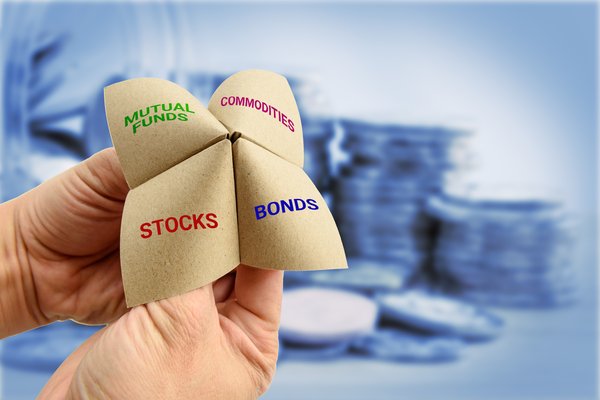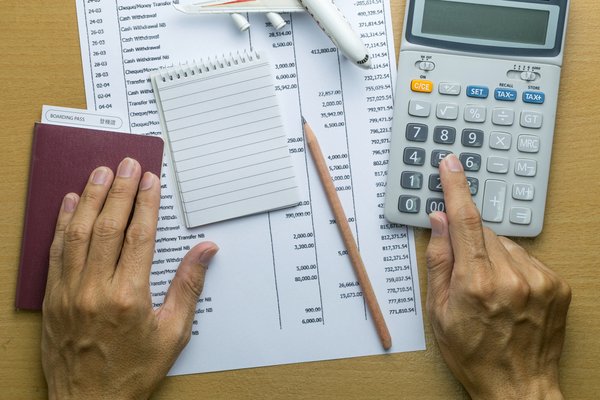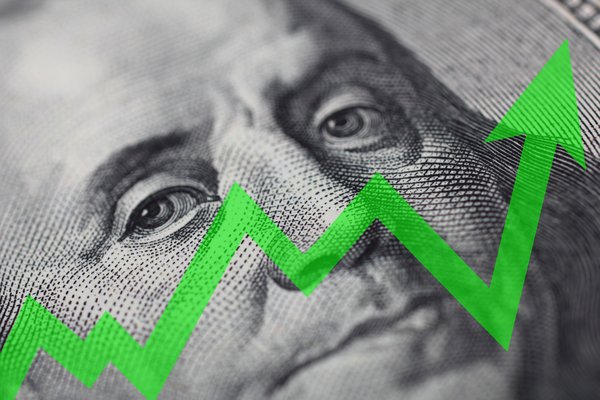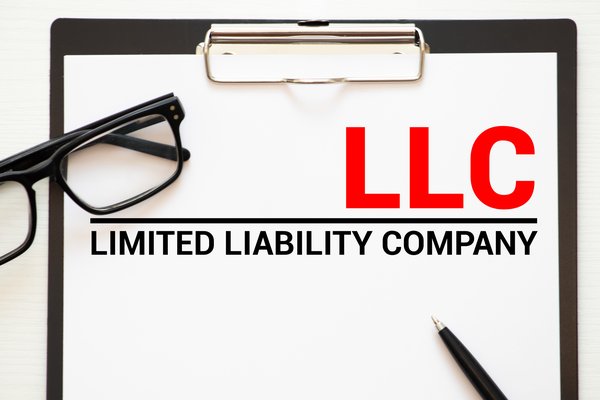When you stop making payments on a loan, the loan is in default. What exactly that means, and what happens next, can vary based on the kind of loan and the lender. But in general, it means that your credit score is going to take a big hit, and the entire amount of the loan generally is due in full.
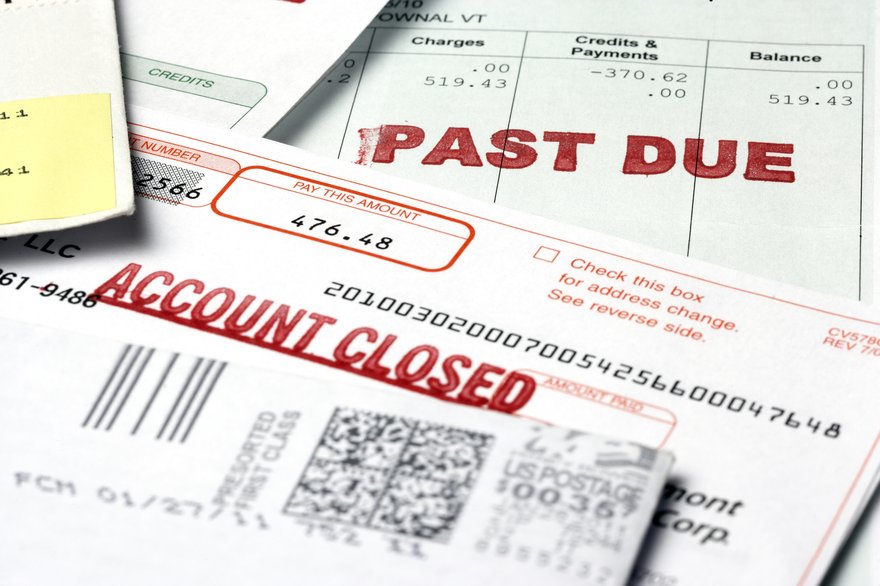
What a loan default means
What a loan default means
Let's start by defining a loan. In short, it's any kind of debt, including:
- Credit card debt
- Student loan
- Auto loan
- Mortgage or home equity line of credit
- Unsecured personal loan
- Business loan
Each of these kinds of loans has different terms that define how much you must repay, when you must pay it, and what happens if you fail to meet your obligations under those terms. Failing to repay within those terms means you are in default.
What happens when you default on a loan
What happens when you default on a loan
For some kinds of debt, a default may occur when you are 30 (or fewer) days late making a scheduled payment; for others, it may be months of missed payments before you are technically in default.
In almost all cases, if you're behind on payments but not technically in default, the lender will likely still report your failure to pay on time to credit reporting bureaus, lowering your credit score considerably.
Once you are in default, however, the lender is likely to take more significant steps to recover losses. Those steps largely depend on the kind of debt. There are three main types:
- Unsecured debt
- Secured debt
- Student debt
Unsecured debt
Unsecured debt
Unsecured debt is primarily credit card debt, but also includes personal lines of credit and debt consolidation loans. These loans are not secured by any physical property or real estate that can be repossessed. In general, these loans carry higher interest rates, since you provided no collateral that the lender can repossess. However, the lender will almost certainly go after your credit rating, reporting a default to the credit bureaus. Where they can, lenders may take you to court to collect or sell the debt to a collections agent, who may sue and will almost certainly take very aggressive actions to collect.
In most cases, the best thing a borrower can do if unable to repay an unsecured debt is contact the lender immediately. Because of the risk of loss and difficulty in collecting, many lenders will settle for a smaller amount than owed or work with borrowers on a payment plan. But if you do nothing and the lender sells your debt to a collection agency, it can be harder to reach a settlement and reduce the damage to your credit score.
Secured debt
Secured debt
Secured debt is a loan that's issued based on some collateral, such as an auto loan or a mortgage. In these cases, the lender has the right to seize the collateral in a default. This is what happens when a mortgage lender forecloses on a property, or an auto lender repossesses a vehicle.
In either case, it's always worth contacting the lender immediately if you're at risk of defaulting. Lenders don't want to own those assets, which they would still have to sell to recoup their losses; they want to just collect payments from borrowers. Although it's not guaranteed, many lenders will restructure terms rather than seize the asset, if it can prevent them from taking on losses and get a borrower back to making regular payments.
Student loans
Student loans
In this case, we're talking specifically about federal student loans. When a student loan is in default, the federal government has multiple avenues for collecting on that debt, including wage garnishment and Treasury offset (claiming your federal tax refund).
As of mid-2023, federal student loan payments have been paused until October 2023, and student loan interest will begin accruing in September 2023.
For individuals who default on their federal student loans, there are three ways to get out of default:
- Repay the amount in full.
- Rehabilitate the loans.
- Consolidate the loans.
The first is obvious; however, it's unlikely someone who has defaulted on their student loans will have the resources to pay them off.
To rehabilitate a student loan, you start by contacting the loan holder, "agree in writing to make nine voluntary, reasonable, and affordable monthly payments (as determined by your loan holder) within 20 days of the due date, and make all nine payments during a period of 10 consecutive months."
For borrowers with multiple student loans, applying to consolidate those loans may be the best option. According to the U.S. Department of Education, you must either "agree to repay the new Direct Consolidation Loan under an IDR (income-driven repayment) plan, or make three consecutive, voluntary, on-time, full monthly payments on the defaulted loan before you consolidate it."
You also lose access to federal student aid if you have loans in default, so rectifying the default is very important if you plan to return to school and need additional financial aid. To regain eligibility for aid again, you must make six consecutive, on-time payments for the amount due.
The real-world impact of loan default
The real-world impact of loan default
At the very least, defaulting on a loan will affect your credit score, making it harder -- and more expensive -- to access debt for many years.
Additionally, defaulting on a loan can result in the loss of your property for secured debt via a foreclosure or auto repossession. It can result in garnished wages, having to go to court to resolve (adding legal expenses), being hounded by debt collectors, and a litany of other negative outcomes.
Even if a loan default is unavoidable, it's still best to contact the lender and attempt to come to some sort of a resolution. If the lender understands your intent, and you make a good-faith attempt to resolve your debt, the outcome is likely to be more favorable than doing nothing at all.

